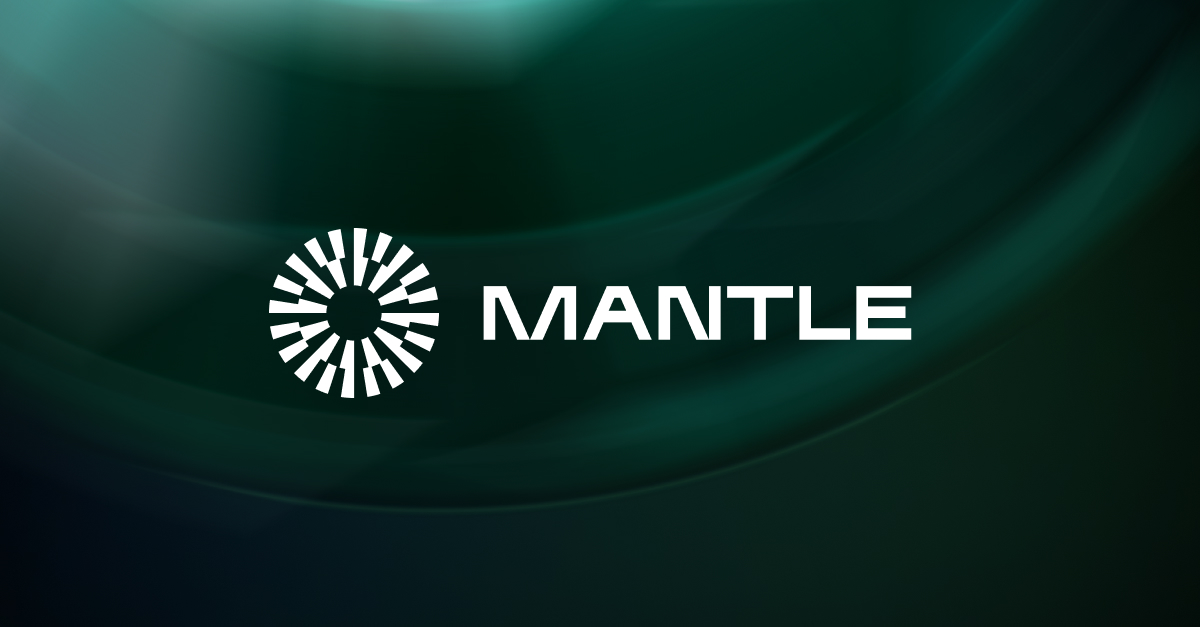Key Points:
- Stablecoins have entered the mainstream financial market, particularly in e-commerce, remittances, and cross-border operations.
- The rise of stablecoins has attracted the attention of global regulators, such as the US Federal Reserve and the SEC, who are working on guidelines to regulate their development and protect consumers.
- Stablecoins are poised to revolutionize the global remittance market by offering a faster and more affordable alternative to traditional remittance services

Targeting stable assets such as the dollar, stablecoins have already entered the mainstream financial market. It has become known in recent statements by Stables Co-Founder Sarah Chen. The practice of utilizing stablecoins has emerged as popular in such fields as e-commerce, remittances, and cross-border operations. Some of the leading retail merchants have stated that they would be willing to accept stablecoin payments. This is because such payments are far cheaper than other payment types and it takes far less time to process these payments.
Regulatory Landscape and Challenges
The emergence of stablecoins has been widely noticed by global regulators and supervisory structures. The US Federal Reserve joined with the SEC to establish guidelines and rules for regulating the development of stablecoins and safeguarding consumers.
The European Union authorities have also started identifying how stablecoins can be incorporated into the current financial regulations. Currently, the ECB is still considering a central bank digital currency to introduce its own digital euro to counter private stablecoins.
However, there are challenges affecting stablecoins even as they gain popularity. They worry about the support for some of the stablecoins, due to which the latter’s issuers are being asked to provide more details on the institutions providing backing to them. Some of the concerns are the issues of market manipulation and the problems the latter can cause to monetary policy.
Cybersecurity issues still pose a threat; hackers attacked stablecoin platforms and users. To counter such threats and retain users’ trust, industry players are deploying huge amounts of capital on security solutions.
International Remittances and Monetary Inclusion
Various types of stablecoins have been proven to address the global remittance market shortly successfully. Hence, these digital assets can provide a faster and more inexpensive approach to cross-border transactions than remittance services.
In developed countries, stablecoins have become a significant means of payment, while in developing countries they are yet to find use as a medium of financial inclusion. Stablecoins offer a means of storage, transactions, and economic engagement for users who otherwise remain unbanked. Non-governmental organizations have started to transport and distribute supplies within crisis areas using stablecoins to avoid bureaucracy and corruption.
Further, several industry experts opined that more stablecoins are still to come and will merge more with the legacy markets. Furthermore, the issuance of various CBDCs may potentially bring new opportunities as well as threats to private stablecoin issuers.
Sarah Chen, Stables Co-Founder, expressed optimism about the future of stablecoins: “We’re witnessing a transformation in how people perceive and use money. Stablecoins are bridging the gap between traditional finance and the digital economy, offering stability, efficiency, and accessibility.”
Join MEXC and Get up to $10,000 Bonus!

![[2022/7/25] Episode 3!MEXC Talk Show — How to use ICHI to redesign DeFi? [2022/7/25] Episode 3!MEXC Talk Show — How to use ICHI to redesign DeFi?](https://blog.mexc.com/wp-content/uploads/2022/07/ichi-token-mexc.jpeg)

